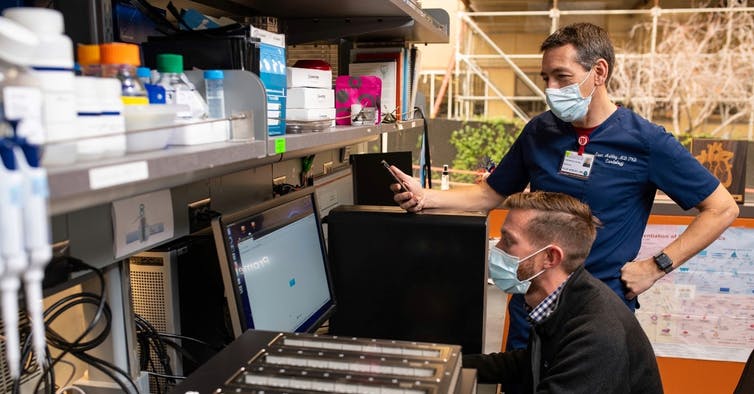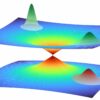For children suffering from rare diseases, it usually takes years to receive a diagnosis. This “diagnostic odyssey” is filled with multiple referrals and a barrage of tests, seeking to uncover the root cause behind mysterious and debilitating symptoms.
A new speed record in DNA sequencing may soon help families more quickly find answers to difficult and life-altering questions.
In just 7 hours, 18 minutes, a team of researchers at Stanford Medicine went from collecting a blood sample to offering a disease diagnosis. This unprecedented turnaround time is the result of ultra-rapid DNA sequencing technology paired with massive cloud storage and computing. This improved method of diagnosing diseases allows researchers to discover previously undocumented sources of genetic diseases, shining new light on the 6 billion letters in the human genome.
More than 7,000 rare diseases affect 300 million people worldwide, 50% of whom are children. Of these diseases, 80% have a genetic component. The onset of some rare genetic diseases can be swift and debilitating. Spotting symptoms and identifying the root cause is a race against the clock for many families.
I’m a biotechnology and policy scholar who works on improving access to innovative health care technologies. Whether it’s simple and affordable tests or sophisticated and expensive gene therapies, medical breakthroughs need to reach populations around the world. I believe that ultra-rapid DNA sequencing is key to casting a wider net and providing a faster turnaround for diagnosing rare diseases.
A new Guinness World Record
The Human Genome Project, the first successful attempt to sequence a complete or “whole” human genome, took 13 years, from 1990 to 2003, and cost $2.7 billion. In 2014, the field of whole genome sequencing passed another major milestone by hitting the $1,000 price point. Every year, the cost of sequencing continues to fall, driven by engineering and computational innovation.
In their quest for a world record, Stanford researchers reached for a DNA sequencing platform from the company Oxford Nanopore Technologies, which developed a device that reads genomes by pulling large strands of DNA through pores comparable in size and composition to the openings in biological cell membranes. As a DNA strand passes through the pore, the device reads subtle electrical changes unique to each DNA letter, thus detecting the DNA sequence.

Researchers at Stanford University set the record for sequencing a human genome – 5 hours, 2 minutes.
Steve Fisch/courtesy of Stanford Medicine
Thousands of these pores are distributed across a device called a flow cell. The researchers sequenced a single patient’s genome across 48 flow cells simultaneously, allowing them to read the entire genome in a record time of 5 hours, 2 minutes.
The ultra-rapid DNA sequencing generated terabytes of data, which was moved to a cloud-based storage system. In…



